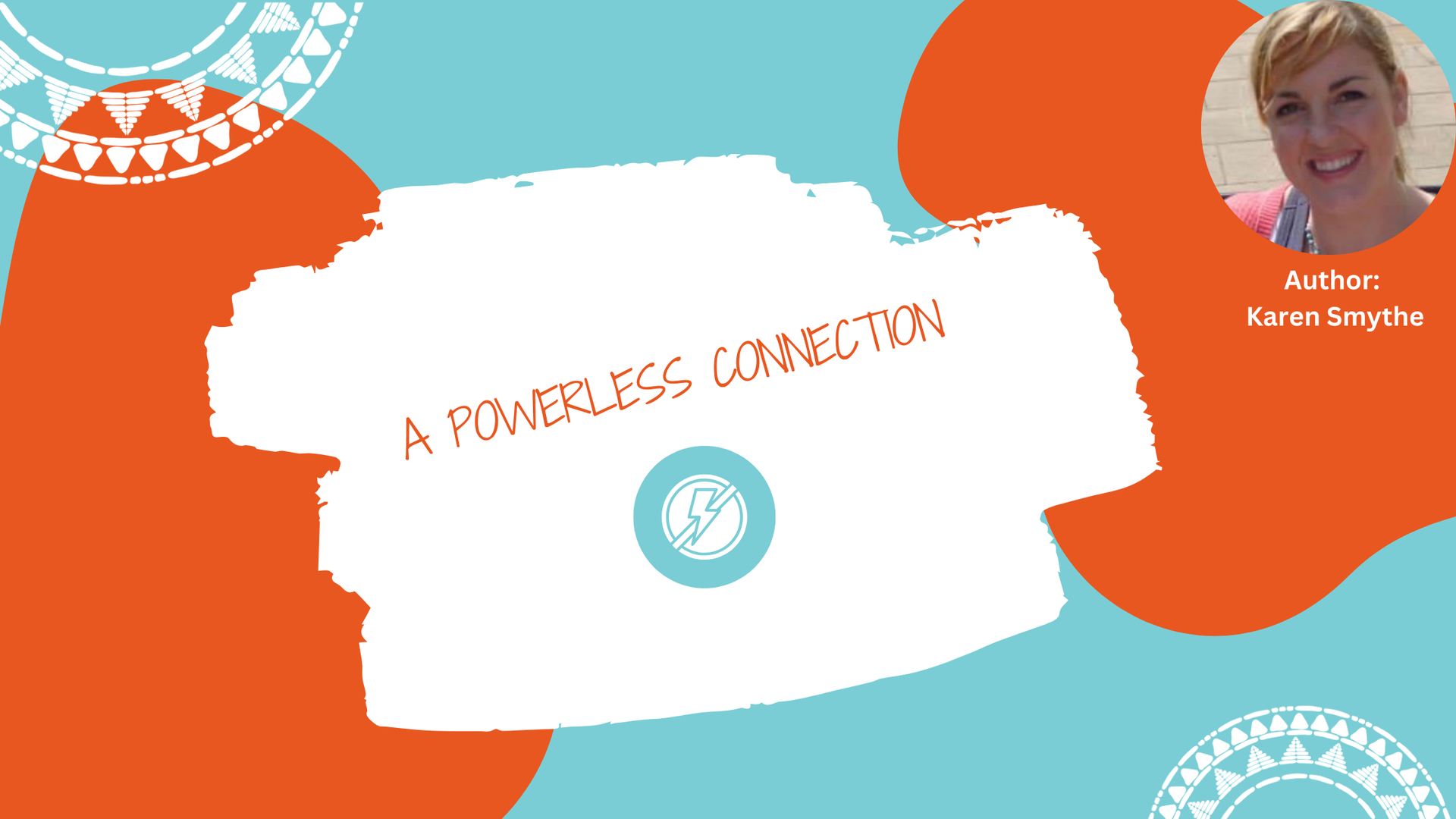Our theme for February is all about exploring the idea that discipline is about teaching, and not about punishing.

Natural & Imposed Consequence:
Of course, when things happen or go wrong there are natural consequences. For example, if someone doesn’t study or do homework, they may not do well in their exams; or if someone is unkind to someone else, their friends mightn’t want to spend time with them etc. This is different to imposed consequences, where an adult or someone else imposes a consequence with the supposed intention of changing behaviour. The problem is this rarely addresses the need or solve the problem that was driving the behaviour in the first place, it is non-adaptive; if and when we do see a change in behaviour, it will most likely last as long as the imposed punishment is in place.
Punishment does not build skills and capacities that many of our young people in struggle in school need to acquire, those who may have what Dr Ross Green describes as ‘lagging skills; due to trauma, circumstance or simply because many skills are developmental and require time, support and practice – all of which a detention does not offer!
The Problem-Solving Wheel
This month's Connect RP Gift is our Problem-Solving Wheel, which In this month’s Connect RP Gift, our Problem-Solving Wheel, we can see the focus here is on being adaptive, developing skills, and identify ways forward that heal or contribute.
When working restoratively, the idea is that if you are in the problem, you are in the solution. The Problem-Solving Wheel aims to enable students to find the solutions themselves the scaffolded suggestions offer the opportunity to:
Regulate when in challenge (walk away / talk time/ go to another activity/wise owl calming techniques) which our students/we often need before we can even access our executive functions in the pre-frontal cortex of our brain (language, reason etc.);
Reconnect and build relationships again (play a game, write a card, share a positive before talking about the issue/ look at what’s going well?/ share and take turns/ share a ‘sparkle’);
Express ourselves using positive communication tools (‘I feel’ not ‘You did’/ apology from the heart /boundaries with a ‘stop’);
Plan adaptive strategies (ask for support/ create reminders/ Ignore);
Identify ways to make amends and contribute in some meaningful way! (contribute using gifts / sincere apology).
Is Our Focus on Taking Away or Giving Back?
One of the key shifts for us when thinking about Discipline within a restorative lens is to consider if we are we focussed on taking things away to seek conformity, or scaffolding ways for our students to learn, to take responsibility and to contribute to the community – to identify and use their gifts to give back, to capture positive moments of connection or reconnection.
Some examples that spring to mind over the years as a teacher involved two boys who loved football and had been in a fight over a ball which was visible to others in the year group. During a restorative meeting, after we looked at who had been affected / harmed, we considered ways they could make amends using the restorative questions- What’s needed now? The boys came up with the idea to develop and come together to organise a lunch time football tournament for their year group to show they had repaired the harm of the fight, to establish clear expectation around taking turns so there was less chance for the friction that had led to their initial fight, and as a way to contribute to the community their fight had harmed – A wonderful example of discipline that promotes connection and growth! I’m also remembering students staying after school to help me with organising the salsa routine we were performing as part of our TY show – a lovely opportunity emerged to support each other. One of my fab Connect RP schools told me recently about one of the students, a talented artist, who agreed to stay after school to paint / decorate the new bench the school had invested in for their courtyard, this was a way he could use his gifts to contribute to the community he had harmed and also for the community to offer him the opportunities for success that he needed outside of the academic classroom.
I think it’s important to remember that this can require us to get creative, to get to know each other, and to remember it is key to invite those that cause harm to identify what they need to move forward or indeed how they can give back – What does a detention offer the community? How does it create change? Adopting a restorative approach isn’t always easy or convenient, and indeed it may be inappropriate in some cases when a school is dealing with a serious issue and has not yet gone of their journey that will become reflected in their policies and whole-school preferred practices! But this may begin with small steps such as printing off and using our Problem-Solving Wheel the next time you are supporting a student to address an issue.
If you would like to see and hear from other schools on such a long-term restorative journey sign up to our upcoming E-Conference March 4th:
RP; What’s Need Now?
Nurture, Motivation and Participation!
Our Keynote speaker, Margaret Thorsborne, will also explore a Restorative Lens and Approach to Bullying – seeking to repair harm and restore relationships.




